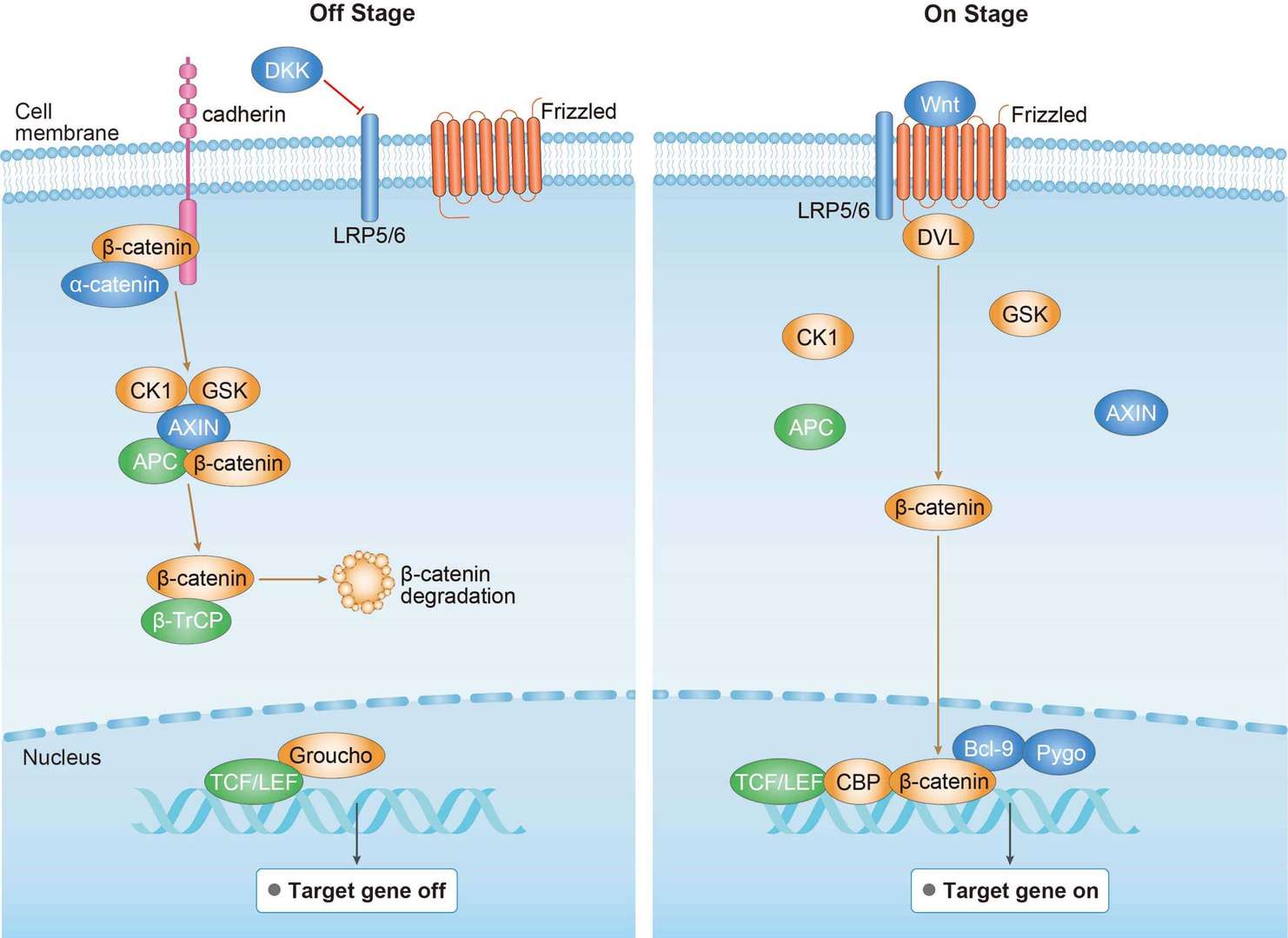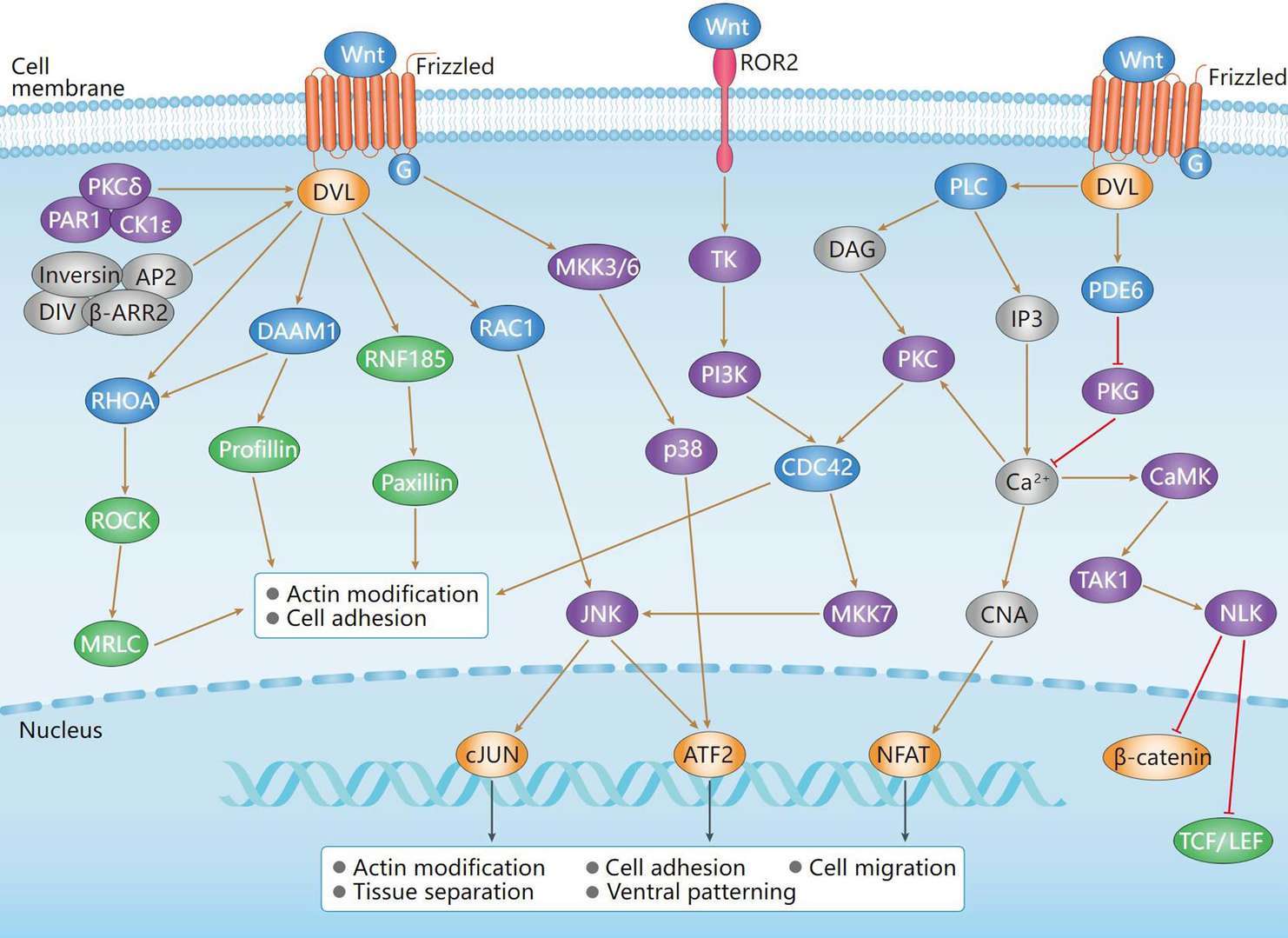 Loading...
Loading...

CTNNA1
Anti-CTNNA1 Recombinant Antibody Products
-
- Derivation: Mouse
- Species Reactivity: Human
- Type: Mouse IgG1
- Application: WB, FC, ICC, IF
-
- Species Reactivity: Human
- Type: Mouse antibody
- Application: IHC-Fr, IHC-P, WB
-
- Species Reactivity: Human, Mouse, Rat
- Type: Rabbit IgG
- Application: WB, IF, IHC, IP, FC
-
- Species Reactivity: Human, Mouse, Rat
- Type: Rabbit IgG
- Application: WB, ICC, IF, IHC, IP, FC
-
- Species Reactivity: Human, Mouse, Rat
- Type: Rabbit IgG
- Application: WB, IP
-
- Derivation: Mouse
- Species Reactivity: Human
- Type: Mouse IgG1
- Application: IHC
Can't find the products you're looking for? Try to filter in the left sidebar.Filter By Tag
Our customer service representatives are available 24 hours a day, from Monday to Sunday. Contact Us
For Research Use Only. Not For Clinical Use.
Disease related genes, Human disease related genes, Plasma proteins
Intracellular
Low cell type specificity
Low immune cell specificity
Low cell line specificity
Monomer and homodimer; the monomer preferentially binds to CTNNB1 and the homodimer to actin (By similarity). Component of an cadherin:catenin adhesion complex composed of at least of CDH26, beta-catenin/CTNNB1, alpha-catenin/CTNNA1 and p120 catenin/CTNND1 (PubMed:28051089). Possible component of an E-cadherin/ catenin adhesion complex together with E-cadherin/CDH1 and beta-catenin/CTNNB1 or gamma-catenin/JUP; the complex is located to adherens junctions (By similarity). The stable association of CTNNA1 is controversial as CTNNA1 was shown not to bind to F-actin when assembled in the complex (By similarity). Alternatively, the CTNNA1-containing complex may be linked to F-actin by other proteins such as LIMA1 (By similarity). Binds AFDN and F-actin (By similarity). Interacts with ARHGAP21 (PubMed:16184169). Interacts with AJUBA (PubMed:12417594). Interacts with LIMA1 (PubMed:18093941). Interacts with vinculin/VCL (PubMed:26691986).

 Canonical Wnt Signaling Pathway
Canonical Wnt Signaling Pathway
 Non-Canonical Wnt Signaling Pathway
Non-Canonical Wnt Signaling Pathway